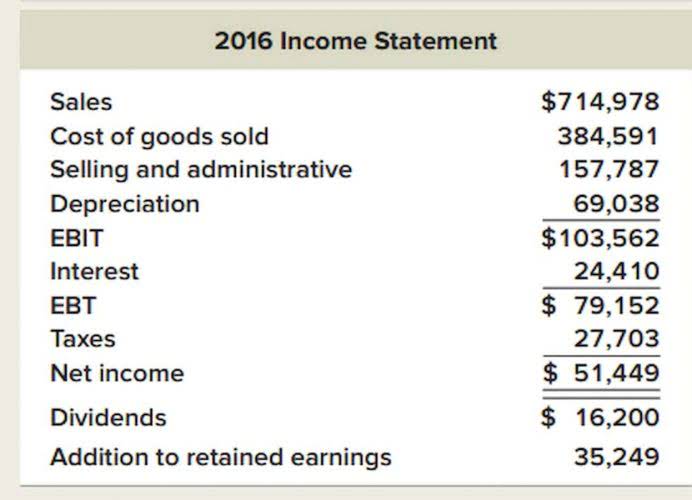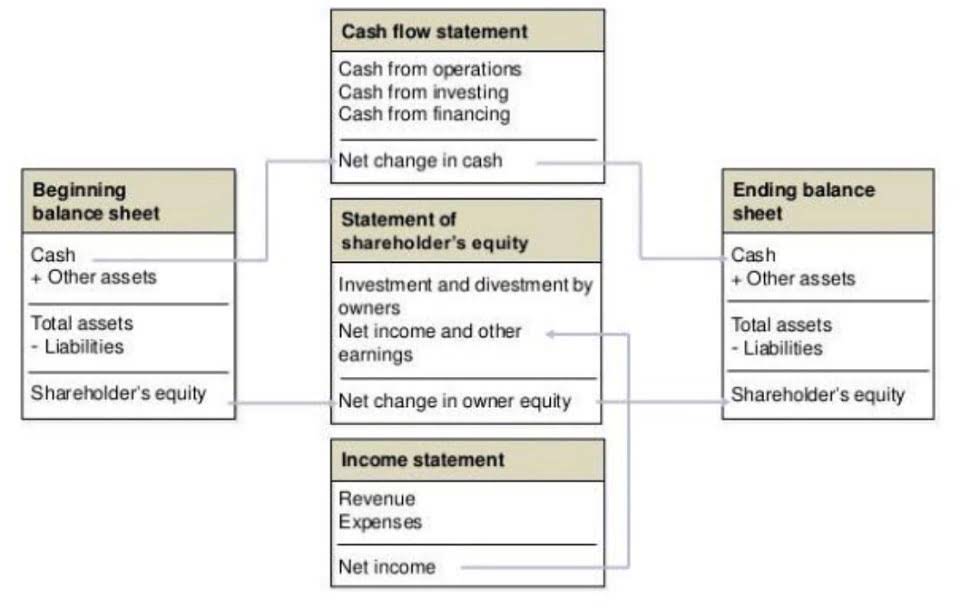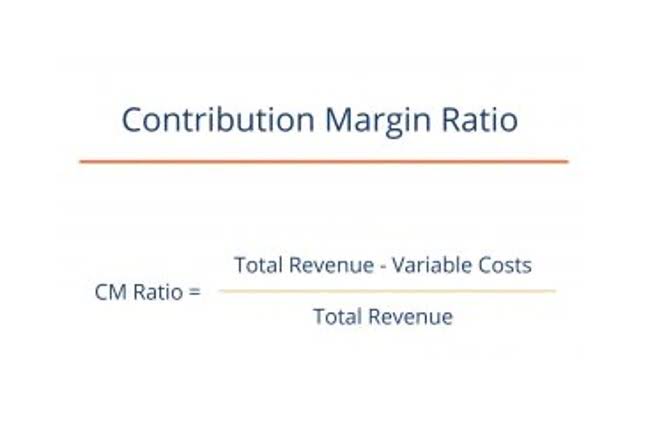Profit margins are enhanced by a few thousand dollars of reduced expenses; even the smallest savings accumulate. Efficient accounting practices are crucial for streamlining administrative processes and controlling expenses. Firms can easily lose track of where their money is going without effectively controlling and managing administrative expenditures.
What are Administrative Expenses?

However, some firms may report promoting bills as a separate line merchandise, in which case the SG&A is changed to G&A. Like operating expenses, administrative bills are incurred regardless of the number of sales being generated by the corporate. General prices such as office provides, phone bills, and postage are thought-about to be administrative expenses. Compensation for employees who provide total support for the company that isn’t tied to a specific department can also be thought of an administrative expense.
Administration Costs Example
Still, all such expenses cannot be classified as administrative expenses. For example, the organization incurs commission costs on selling its product. This cost is a selling expense and not an administrative expense.
- Optimize office space utilization by considering options like cubicle sharing, hoteling, and remote working.
- And large corporations and factories even have cafeterias that provide hot lunches for workers.
- Tech Innovate Inc. is a tech solution provider for medium and large-scale manufacturing units in the Middle East.
- It can help you know what proportion of their capital a company is spending on indirect or support expenses relative to direct operating costs, as well as to their relative cash position.
- Firms can easily lose track of where their money is going without effectively controlling and managing administrative expenditures.
Cut unnecessary spending
If you can reduce the efficiency ratio this quarter versus last, you create value for the company. As PreferredCFO explains, « 82% of the time, poor cash flow management or poor understanding of cash flow contributes to the failure of a small business. » These are often what we think of as « expenses, » and they’re usually a pain to manage.
Understanding Administrative Expenses as an Investor
So you’ll know in real time – and without any data entry – how much you spend on food, electronics, rent, and utilities. Enhanced administrative workflows and intelligent accounting tools enable you to allocate your resources toward critical business operations. Not only do streamlined operations result in decreased administrative costs, but they also increase organization-wide productivity. Make an intentional attempt to streamline the administrative processes and overheads of your business. Achieving efficiency and cost savings in the long run is well worth the effort. There tends to be strong cost-reduction pressure on general and administrative expenses, since these costs do not directly contribute to sales, and so only have a negative impact on profits.
Define administrative costs as the costs not directly related to operations. Generally, they are incurred in the process of directing a company. These costs, though indirect, are still important because they assist those who operate and sell company products by making their work more efficient. G&A expenses embrace rent, utilities, insurance, authorized charges, and certain salaries.
Why Would a Company Have to Audit Its Financial Statements?
- We’ll look at your expense management options later in this article.
- It forms part of the cost of production, but selling expenses do not form part of production cost.
- Not only do streamlined operations result in decreased administrative costs, but they also increase organization-wide productivity.
- Some companies might favor more discretion when reporting worker salaries, pensions, insurance, and advertising prices.
- Reducing business travel is another way to cut general and administrative expenses.
- General and administrative expenses in accounting represent the necessary costs to maintain a company’s daily operations and administer its business.
In that case, it may not be right to classify that cost as administrative, but it should be classified as a direct operating cost. Different accounting ERPs nowadays have internal bifurcation and classify cost as a direct cost, selling cost, administrative expenses, factory cost, etc. Therefore, in calculating cost per unit of production, administrative costs are also considered. Administrative expenses are recorded on the income statement of a company and are deducted from its total revenue to calculate its operating profit. Monitoring and controlling administrative expenses are essential for businesses to maintain profitability, improve efficiency, and allocate resources effectively.
administrative expenses
Reducing business travel is another way to cut general and administrative expenses. Finding cheaper accountants or lawyers could also be a route to cutting them. Administrative expenses can be found on the income statement for the period upon which they occurred.
Managing these costs effectively through budgeting, automation, and outsourcing helps businesses optimize expenses, improve financial performance, and maintain operational efficiency. A well-managed administrative cost structure is essential for the overall success and sustainability of any organization. General and administrative expenses appear in the income statement immediately below the cost of goods sold. They may be integrated with selling expenses (in which case the cluster of expenses is known as selling, general and administrative expenses), or they may be stated separately. In the following exhibit, we highlight the cluster of selling, general and administrative expenses on an income statement. Consequently, switching away from a command-and-control system can reduce these expenses.
Can administrative expenses be reduced?
General services of office building maintenance, rent, etc. are some examples. Since administrative costs are not directly linked with production, management always wants to lower admin costs to the lowest possible level. The amount you spend on operating costs is really only relevant if you compare it with revenue.
If you can’t easily know what’s being spent in real time, you can’t effectively reduce costs in smart ways. In this case, you definitely don’t want the office manager to handle every little payment. And the employee in question should be able to choose the mouse (or whatever it is they need) and make the purchase quickly. And it’s also entirely possible that you don’t have a procurement person or team. Office furniture, electronics and other technical equipment will usually be the domain of the procurement person or team. Hopefully they have a clear system in place to make sure that payments are monitored and invoices and administrative costs definition receipts archived correctly.
















